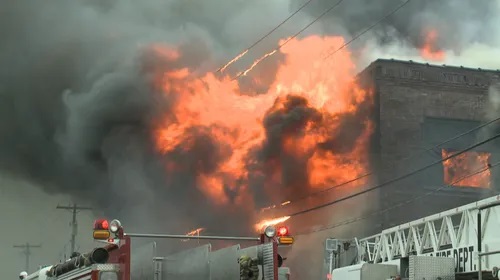How to Deal With Water Damage
Water damage is the 2nd most common home insurance claim and can cause thousands of dollars in damage in a short amount of time. It can be caused by several different types of water issues, including a burst pipe or leaky roof, clogged toilets and drain systems, overflowing appliances, sewage backup, and groundwater seepage. Once the initial flood water has receded, it is important to inspect the affected area for any evidence of water damage. Be on the lookout for damp areas on the floor, mildew odors, and wet spots on walls or ceilings. If you notice any of these symptoms, call your insurance company immediately and begin the process of getting your home dry.

First, you should try to
determine the cause of the flooding or leak. This can be difficult, especially
if the problem is located in the basement or other unfinished spaces. Identifying
the source of the flooding or leak is important because it will affect the rest
of the restoration process and the costs involved. Once the source has been
identified, your
Summit Cleaning And Restoration
specialist will create
an appropriate strategy for restoring your property.
When water enters your home, it
begins to destroy personal belongings and other materials instantly. Within
hours, items such as drywall and flooring will bulge and warp, wooden doors,
and window frames may swell, furniture will become discolored and metal
surfaces will start to rust or corrode.
Mold and mildew growth will also
begin to develop if the water has been in your home for more than a day or two.
It is crucial to take steps to stop the spread of mold and mildew. In addition
to mold and mildew, if the water has been in your home long enough, it can
cause serious structural damage. This could lead to rot and dry rot, which can
be very costly to repair.